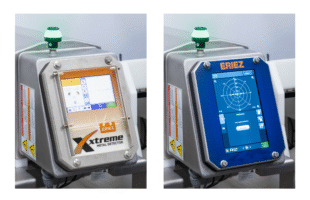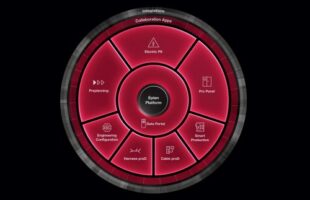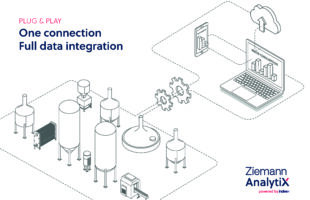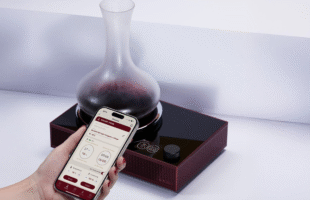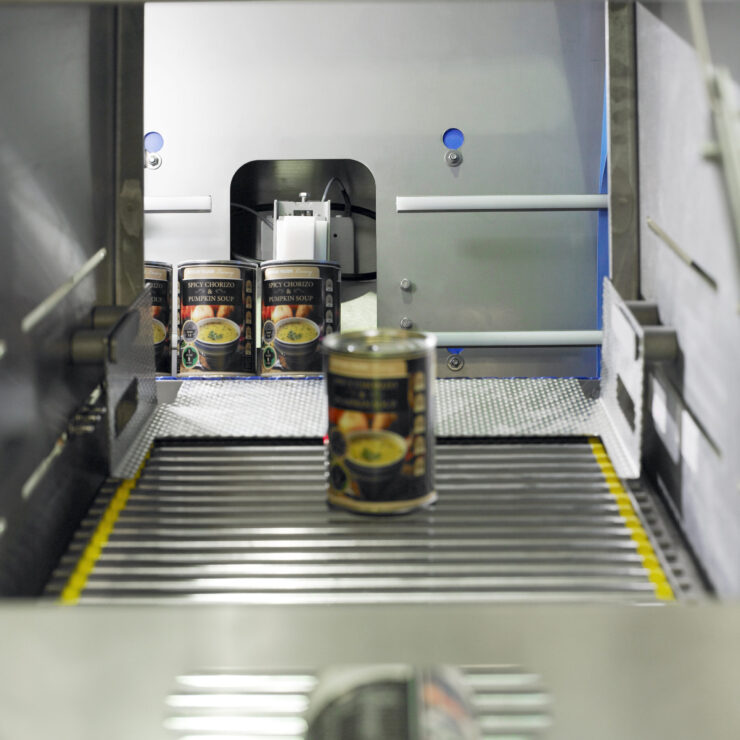
Courtesy of Mettler-Toledo
The immediate costs of a product recall are well established, but the damage to a brand can last much longer, impacting stock market strength and customer loyalty. Rob Rogers, Senior Food Safety Advisor of Mettler-Toledo Product Inspection, looks at how these costs can be reduced by focusing on quality control.
The direct and short-term costs of a product recall are well established. They include costs related to wasted products, business interruption, identifying root causes and correcting the issue, crisis management and potential retailer fines.
Every food manufacturer should have a product recall plan in place so that they can respond quickly and appropriately when the emergency arises, and part of that may well be to invest in insurance that will mitigate some of these costs. But the impact of a product recall can extend well beyond the immediate term, affecting the company’s reputation and the business over a longer period.
It is difficult to pin down the exact scale of such longer-term damage, but research published by Westgate1 in 2018 did shed some light upon how consumers might feel about a food manufacturer in the wake of a product recall. In this study, 21 percent of those asked said they would actively avoid the entire product range of a manufacturer at the centre of a recall – not just the recalled product itself. Building upon that, some 15 percent said they would never purchase the recalled product again.
Customer loyalty is, therefore, one of the ongoing factors that may well be impacted by a product recall, and it can be difficult – or impossible – to regain. This depends on the severity and nature of the recall and how the brand reacted to the incident. It may take some time to win back the hearts and minds of the original customer base.
Another possible long-term and potentially more serious cost is the loss of market confidence in the manufacturer, affecting share prices and supply chain reputation. Alongside disgruntled shareholders, there is a real possibility of significant damage to the brand, especially if a manufacturer becomes mired in difficult legal proceedings after a recall.
The predicament is summed up by Investopedia2, which stated in an article in October 2021 that “between lost sales, replacement costs, government sanctions and lawsuits, a significant recall can become a multi-billion-dollar ordeal. For multi-billion-dollar companies, an expensive short-term loss can be easily overcome, but when shareholders and customers lose confidence, there may be greater long-term effects such as plummeting stock prices.”
Focus on product quality
Product recall costs can have an immediate detrimental effect on a food manufacturing business. But beyond the initial costs, there may well be longer-term penalties. Almost unspoken compared to the obvious impacts, but holding back business success, nonetheless.
As already mentioned, it is possible to mitigate some of these costs through insurance and decisive action in trying to manage the crisis. But for food manufacturers, there surely needs to be a more proactive approach centred around operational excellence that can significantly reduce the risks of a product recall ever becoming necessary.
A major part of the answer must be production line quality control, and it is here that food manufacturers increasingly look to product inspection technology. Systems such as metal detection and X-ray inspection allow them to detect and remove physical contaminants; checkweighers help ensure that ingredients and fill levels are correct; vision inspection and X-ray help to maintain a wealth of product quality parameters related to the package closure, labelling and product integrity.
It is important to understand that some recalls due to physical contaminants, mislabelling and not listing certain allergens, could have been completely avoided with the right product inspection technology in place. In fact, in 2021, global data indicated that 20-30 percent of food recalls could have been prevented by introducing product inspection technologies.
But product inspection technology can also contribute much more to food manufacturers than just reducing the risk of product recalls. For example, with the right approach, different product inspection systems can improve both efficiency and use of resources, helping to cut down on waste and save money.
Checkweighers support good utilization of raw materials. Early detection and removal of physical contaminants using X-ray and metal detection systems before further value is added to the product can save manufacturing costs and reduce product waste. Each production process can introduce contaminants, so product inspection at the end of the line is also necessary to help ensure products remain safe.
Vision inspection can constantly monitor product and packaging quality, checking for properly matching front and back labels. Undeclared allergens are a common occurrence that can, in some instances, be an easy check to verify the correct label was applied to a particular product batch. Alternatively, vision inspection can also check for quality in the applied label to help ensure it meets the brand standard for quality presentation.
In conclusion, product recalls can be an expensive and greatly damaging occurrence for food manufacturing companies. Product inspection equipment is effective at tackling both the risk and the costs of recalls while also delivering many additional positive operational benefits.
For more information: www.mt.com/pi-productrecalls.
1 https://www.westgateuk.co.uk/news/the-cost-of-recalling-products-in-the-food-industry-infographic/
2 https://www.investopedia.com/articles/investing/010815/how-do-recalls-affect-company.asp#citation-12


